I wasn’t planning to write about Possession this month. But I found that I had to. Watching it again and then talking about it afterwards with my pal (he of ‘hetero-detrimental’ and ‘aromatory’ fame—read his beautiful work over at The Forbidden Room), he observed that it has an overwhelmingly restricted colour palette, where blue and grey dominate. Once he pointed this out, I couldn’t stop noticing its affect. Sometimes, there is a flash of orange from the spine of a book, or the telephone, which Mark (Sam Neill) uses to torture himself by demanding to know the details of Anna’s (Isabelle Adjani) extramarital affair.
In the derelict and decaying apartment where Anna sequesters herself with her demon lover, there are deep, slime greens, and red blood against water-stained beige and cream plaster. There are also other fluids there, something like lymph, the fluid that your skin will excrete if you’re being tattooed. This place smells of damp, of blood, but also of something green. Anna feels like this refined bourgeoise figure in her modest dresses, her high heels, her beautiful but unadorned face, and she would start off smelling of something more conventional (perhaps Yves Saint Laurent’s Rive Gauche, with its blue and black bottle, and its opening of aldehydes and musk finish) but by the end, she smells like Moth and Rabbit’s Parasite, the perfume inspired by Bong Joon Ho’s 2019 film, a perfume that also begins with aldehydes and cut grass, that fades into subtle floral, before finishing with more divisive patchouli tones. When I wear this perfume, I feel as if I am stepping into a new chapter of my life. Or maybe it’s because it was described to me as smelling like cut grass and blood, and it does, and that’s also kind of my vibe.
Both Adjani and Sam Neill have blue eyes. In Camille Claudel (1988), the film where I first encountered Adjani, her character is described by her brother, the poet Paul Claudel, as having “les yeux bleus, comme dans les romans/blue eyes, like in the novels,” and they pierce the viewer with heartbreak, suffering, and passion. Camille Claudel is written and directed by Bruno Nuytten, who was the cinematographer on Possession.
Throughout Possession, Anna is dressed exclusively in blue, high-necked dresses. In addition to thinking about and appreciating how things smell, I also think a lot about clothing. Anna’s blue dresses underscore the piercing colour of Adjani’s eyes, but they are also a very specific kind of dress. High necked is modest, but these are also loose on the body, and even on someone as gorgeous as Adjani, these dresses register as prim. Clothing is always a barrier, but this kind of dress fastens at the back (we know this, because we see her dresses gaping and unfastened as Anna descends into madness). A dress that fastens at the back is structured by the assumption that its wearer either has a maid, or lives with someone who is around to help them into it, to button or zip you up. Now, anyone who has seen Cronenberg’s Crimes of the Future knows perfectly well that “zippers have their own sex appeal” but this is not what Anna’s dresses are about in Possession.
When we first meet Heinrich (Heinz Bennent), he too is in blue: a dark navy shirt, which he continues to nonchalantly unbutton as Mark interrogates and berates him about his affair with Anna. Heinrich tries to reason with Mark, but Mark is in too much of a jealous rage, as he and Anna are in the midst of the kind of break-up you never come back from. If Anna’s dresses are a barrier, it is curious that even when she removes them, her nudity does not register as sexual—she is simply naked, but not eroticised. Heinrich, on the other hand, comes across as so utterly self-possessed that continuing to undo his shirt (which he barely ever seems to do up fully anyway) is a perfectly natural gesture when confronting his lover’s husband. He has already begun to live differently. (I have nothing but respect for members of the ‘at least three buttons undone’ club, because I too am a member of that club. It’s hot. Join us.)
One of the film’s most notorious moments comes when Mark finally tracks Anna to her “workshop of filthy creation” (yes, I think there’s something akin in Victor Frankenstein’s experimental charnel house/studio and Anna’s derelict apartment) and he follows the sound of her moans to find her naked beneath the bucking, tentacular torso of a creature with the head of man, whose face remains turned away from us.
Mark stares, looks away, then turns to look again, even walking around to observe Anna and the creature from a different angle. For me, the way Mark watches them combines the horrified fascination of watching Possession itself, along with the kind of drunk-on-beauty dream state I enter when I look at a lot of art in one go. Despite the total lack of physical eroticism in this sequence, the way the fucking couple are presented reminded of particularly beautiful sculptures like this one, which I saw back in 2015 in the Musee d’Orsay, or the arrestingly luscious, recumbent, white marble hermaphrodites housed in the Uffizi and the Louvre. Perhaps this is partly because Adjani is so pale and luminous against the dark colour palette, against the slime of this creature with whom she seeks out sensation. But as she continues to fuck the monster, Anna gazes up at Mark, and repeatedly tells him “almost.” Almost what? For me, that almost is “almost enough,” akin to Franny’s declaration in In The Cut (Jane Campion, 2003) that she’s scared of what she wants because it is a lot. Anna is confined by domesticity, marriage, motherhood, clothing, and by the setting of divided and surveyed Berlin. In the way of so many past heroines, Anna imagines that the arena of adventure open to her is romance or desire. She explores some of her desires with Heinrich, but his magnetism and power are not enough. What arrives to fill Anna’s burning need is an otherworldly demon lover, many appendaged, sequestered in a secret apartment, a being who exists only to make love to her all night. But this is fleeting, temporary, it cannot last. And, it’s not enough. This too is the almost—the almost getting what you want, seeing it just out of reach but being unable to overcome the the structures of patriarchal, hetero-capitalism.
The promise of the ending of Possession is a choice: will she go upstairs to rescue the child who may be drowning in the bathtub? Will she open the door to her dissolute lover? Will she do neither of these things? And what about that spacious, exquisite art-deco apartment? It is clearly large enough for a generous household, it could contain multiple bedrooms, with space for many lovers and kinship configurations, space for children, for eating together, for working, for making art, for living differently. The art deco apartment, much like Hellraiser’s fuck dungeon, is rife with potential. But the soundscape at the end of Possession implies an apocalypse, that there is something dystopian at work as the air fills with explosions. Just as the conclusion of Bong Joon Ho’s Parasite is a massacre of bourgeois ideals, the end of Possession can be read in a similar way: a brutal but arresting suggestion of what it might mean to tear it all down and live differently.

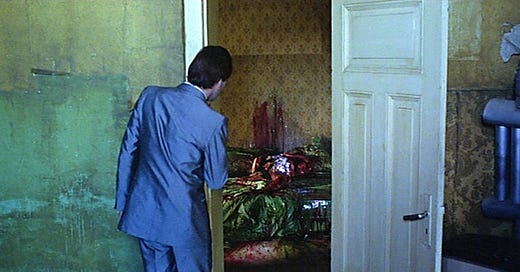



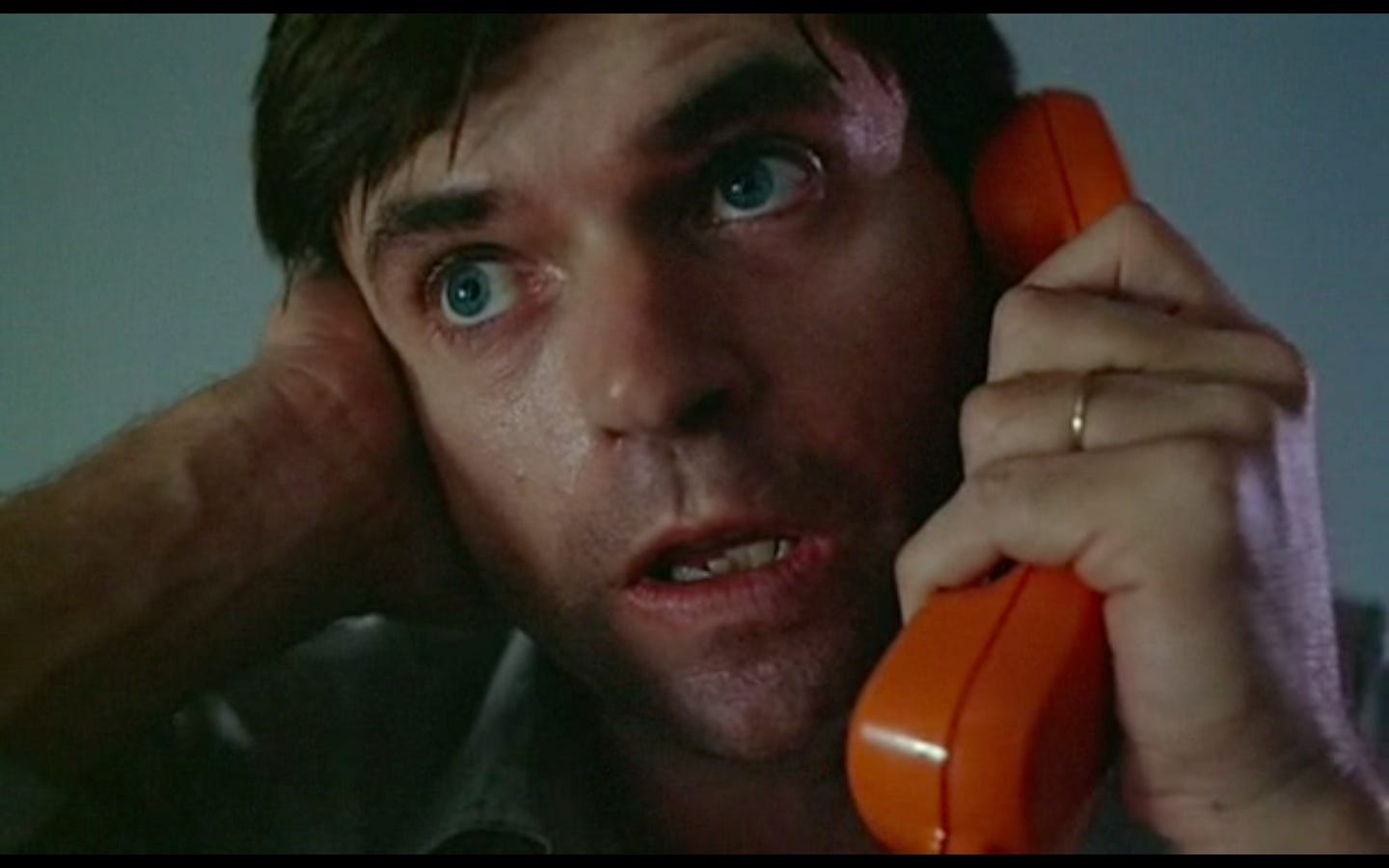

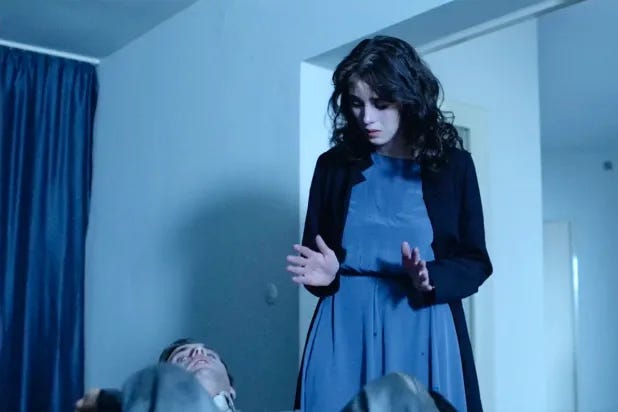
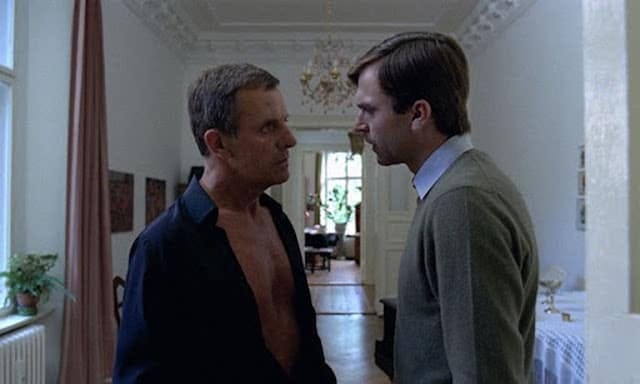
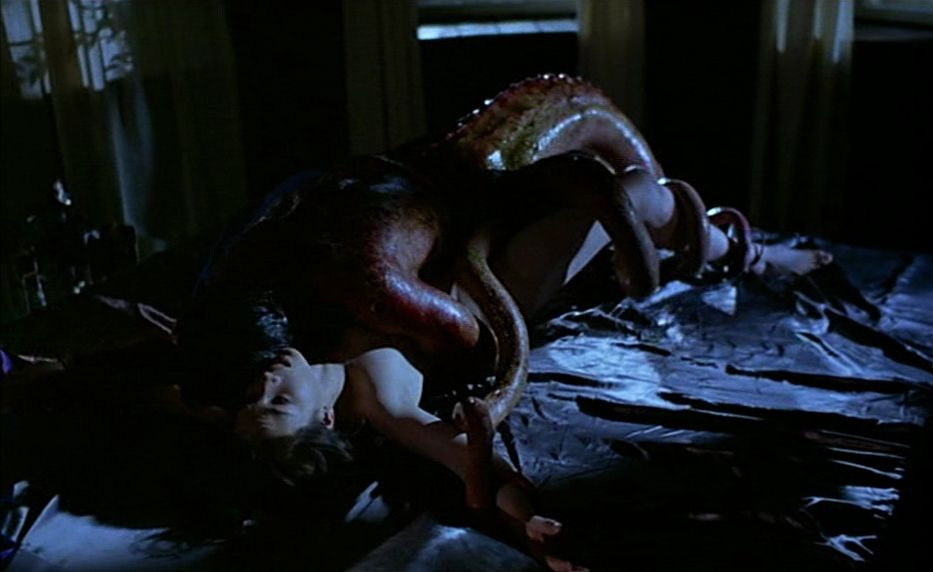
Your writing is just everything to me. 🖤